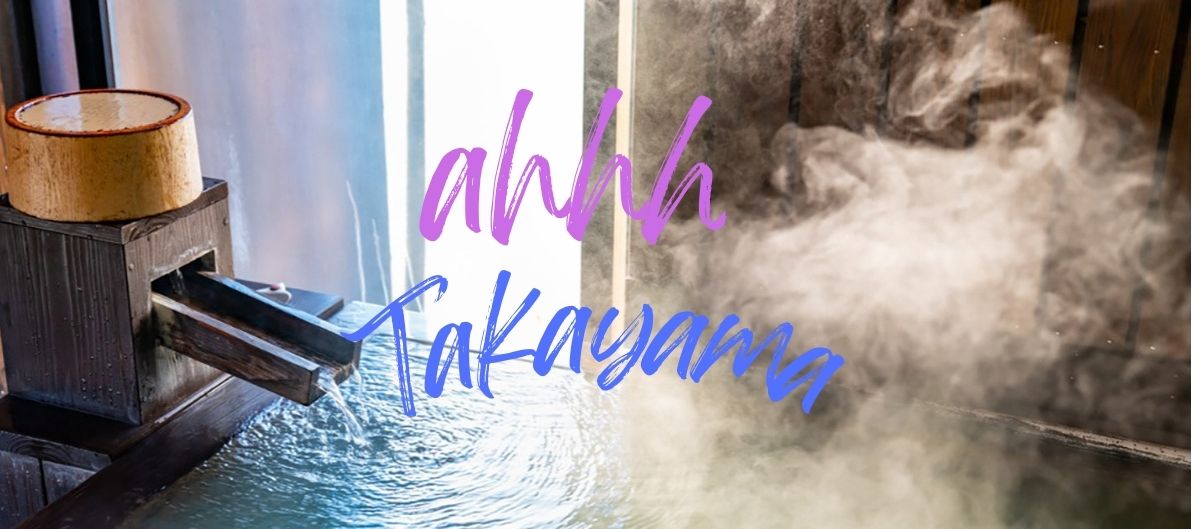Visit Astonishing Takayama: Opulent Festivals, Sake and the Art of Onsen

A morning walk along the Miyagawa River finds farmers and craftspeople selling sansai (mountain vegetables), wasakana (river fish) along with selections of local pottery and vintage kimonos repurposed as ornate handbags and a subtle rainbow of silk jackets.


This remarkably preserved city of 80,000 is in the mountainous Hida region of Gifu Prefecture. Takayama retains a traditional touch like few other Japanese cities, especially in its beautifully preserved old town surrounded by the scenic countryside of the Japanese Alps.



Every April, Takayama hosts tens of thousands visitors Takayama for its spring festival.



Featuring elaborate, large-scale floats accompanied by a traditional musical soundtrack, this event is considered one of the three most beautiful festivals in Japan.
Takayama Matsuri Yatai Kaikan Museum displays four of the ornately decorated floats that grace the streets during the town-wide festivals. Hida Takayama Town Museum tells the story of Takayama’s founding and development, with exhibits on art and writers associated with the town.




I spent two days wandering the city’s charming streets, venturing across the river to the Sanmachi-Suji District famed for its sake breweries and immaculately preserved old private houses.




Takayama is a haven for history buffs. Nearby Hida Folk Village (Hida-no-Sato) preserves more than 30 historic buildings from the Hida area, including traditional homes with thatched roofs, some steep-angled in the local Gassho-zukuri style. Roof design offers great insulation against bitter winter temps and management of yearly snow totals of up to thirty feet! Residents climb and shovel off accumulated snowfall.




After a long day of sightseeing, it was a pleasure to enjoy Japan’s rich prevailing culture of bathing in hot springs or onsens. During my private evening onsen, I was instructed first to bathe and remove all clothing before entering the steaming bath with it’s open air, alpine view.

After a restorative forty-five minutes, I was ready for a restful sleep high in the Japanese Alps.
Related Posts
Rio de Janeiro and the Girl from Ipanema: Where Music Meets the Sea
Rio de Janeiro is more than a city—it’s sun-soaked poetry. From the iconic Christ the …
May 3, 2025Visit the Most Beautiful Bookstore in the World
It’s called El Ateneo, Spanish for “The Athenaeum”, a place associated with learning, the arts …
April 26, 2025

Ann Imondi | 18th Sep 24
Wonderful tour, I felt as though I was there with you while reading your delicious account of your trip.